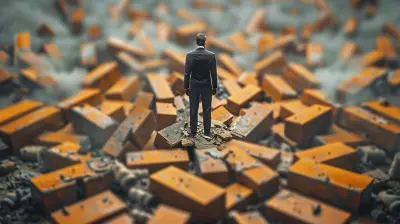Driving Sustainable Innovation in Product Development
25 October 2025
In today’s fast-paced world, innovation isn't just a buzzword—it's the lifeline of any successful business. But let’s be honest: innovation for the sake of being “new” doesn’t cut it anymore. We’re at a point where your customers, your stakeholders, and even your competitors are looking at how sustainable your innovations are. That’s where sustainable innovation comes in.
So, what are we really talking about when we say “driving sustainable innovation in product development”? It’s about creating products that not only solve problems and make lives better _today_ but also leave a lighter footprint for _tomorrow_.
Whether you’re an entrepreneur, product developer, engineer, or marketer, this guide will help you understand what sustainable innovation is, why it matters, and how you can infuse it into your product development process.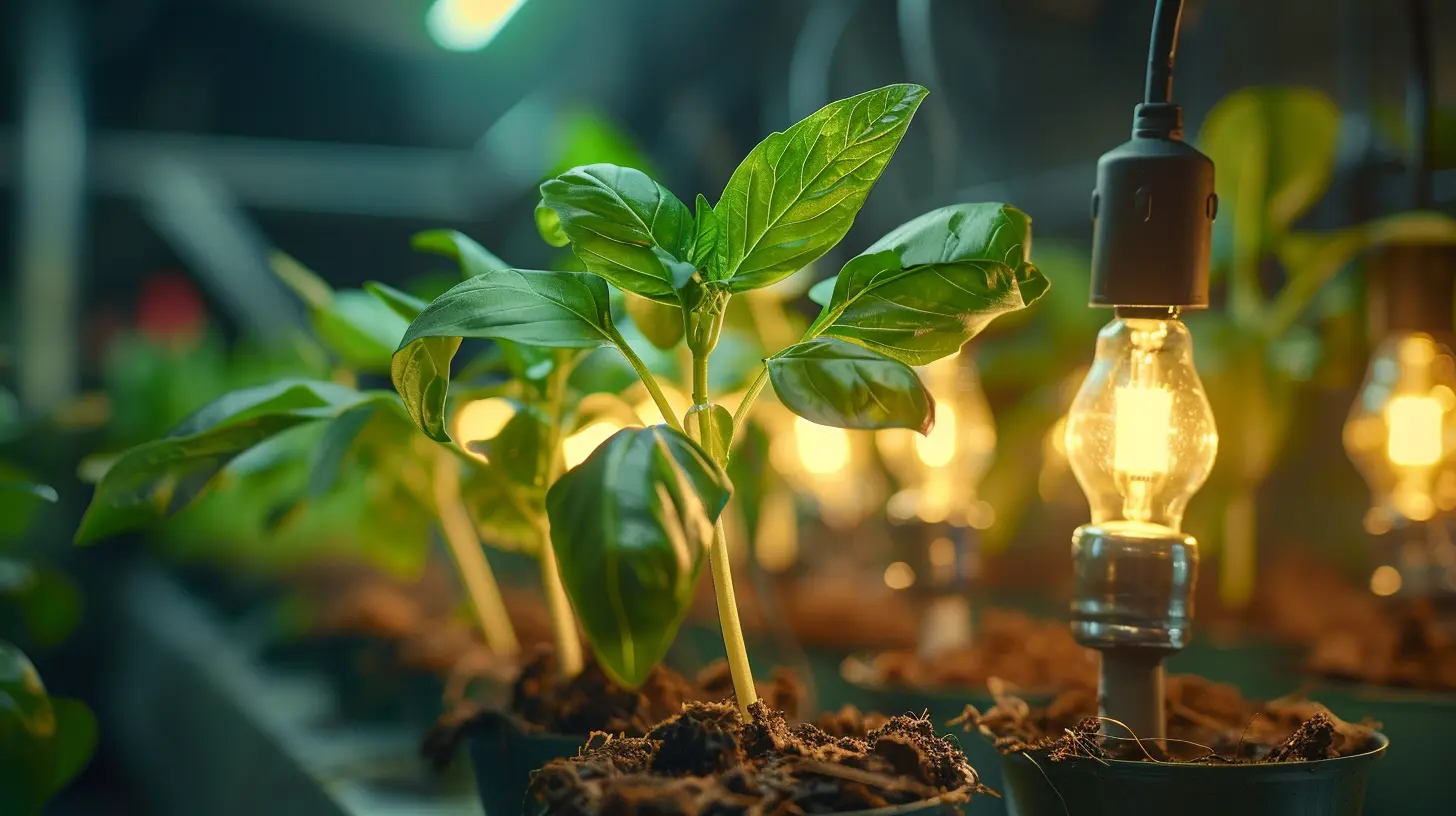
What Is Sustainable Innovation?
Let’s break it down. Innovation is about doing something new or doing the same thing differently to create better results. Now, add “sustainable” to the mix, and you’re talking about creating long-term value—environmentally, socially, and economically.It's not just about using recycled materials or reducing emissions. It’s about designing with purpose, thinking in systems, and aligning your product goals with the long-term well-being of people and the planet. Picture it like planting a tree—you water it now, but the real benefits show up over the years.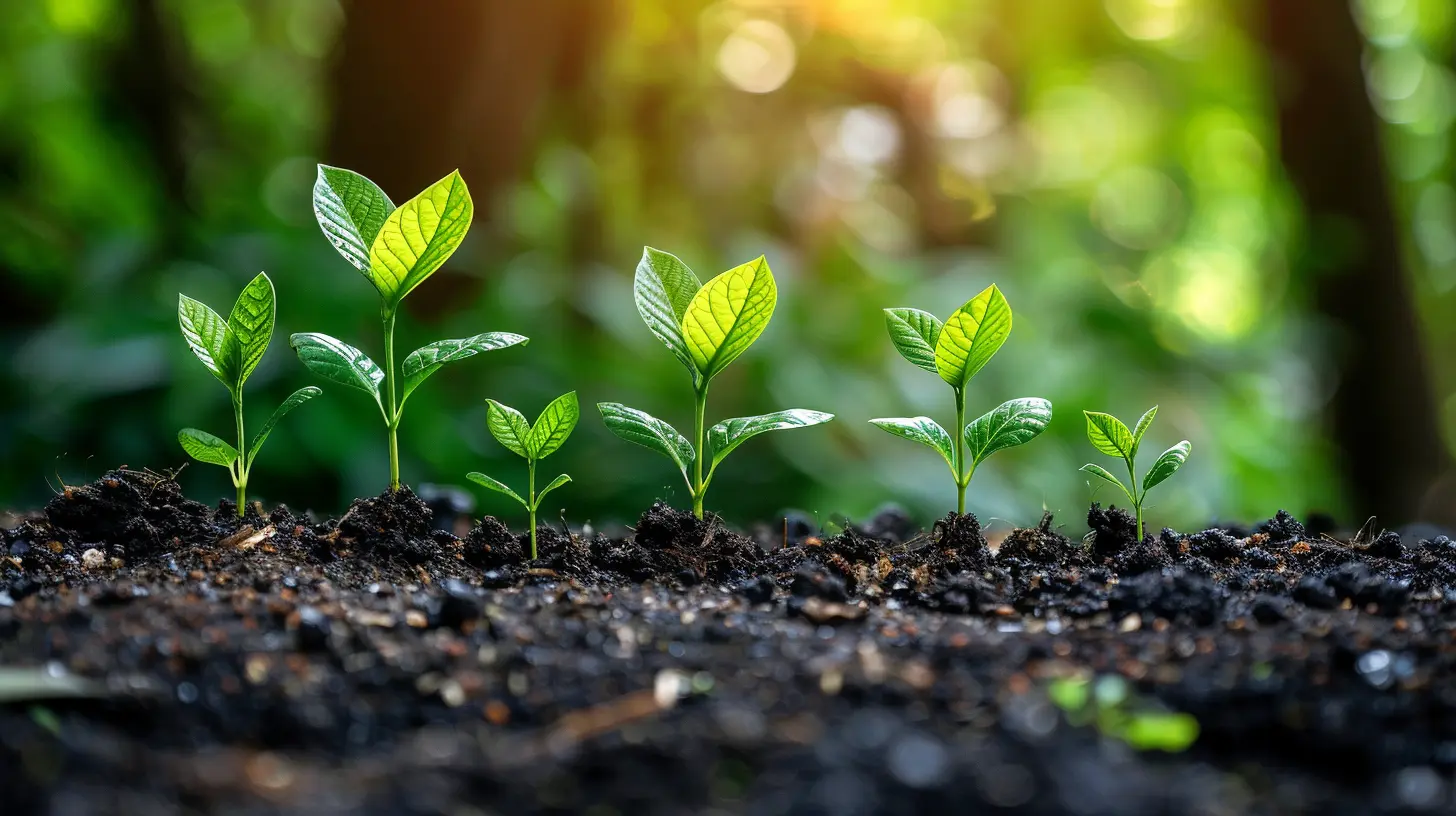
Why Sustainable Innovation Should Be Your Business Priority
Still thinking this is just a feel-good approach? Let’s look at some hard truths.1. Consumer Expectations Are Shifting
Customers today—especially Millennials and Gen Z—care deeply about sustainability. They’re not just buying _what_ you sell; they’re buying _why_ you sell it. If your product harms the environment or mistreats workers in its supply chain, expect backlash.2. Regulatory Pressures Are Rising
Governments worldwide are tightening the screws with environmental regulations, carbon taxes, and sustainability reporting requirements. Embracing sustainable innovation now gives you a head start (and fewer headaches).3. It Fuels Long-term Profitability
Here’s the kicker—sustainable products often cost less to maintain, save on raw material sourcing, and reduce waste across the board. Plus, sustainable brands tend to enjoy higher customer loyalty. It’s literally a win-win.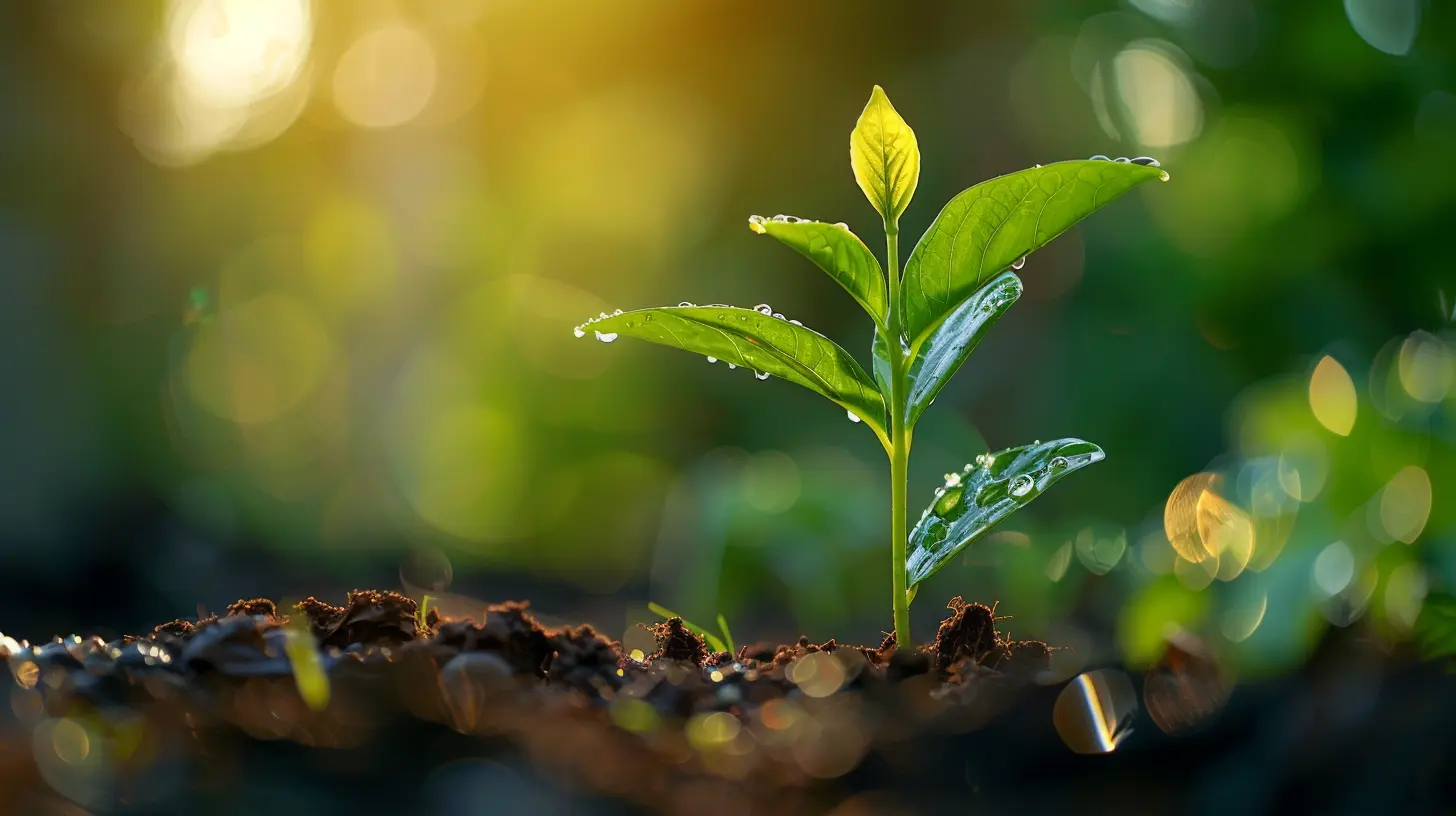
Principles of Sustainable Innovation in Product Development
Before you jump in with both feet, it’s essential to know the foundations. Think of these principles as the blueprint for building products that actually matter in the long run.1. Design for the Full Lifecycle
Don’t stop at the launch. Consider the complete product journey—from raw material extraction to manufacturing, usage, and end-of-life disposal. Can parts be reused? Is it easy to recycle? Can you offer a circular model?2. Use Sustainable Materials
Where do your raw materials come from? Are they renewable, recyclable, or biodegradable? Choose materials that don’t deplete the planet or rely on harmful extraction processes.3. Optimize Energy Usage
Energy efficiency isn’t just for buildings. How much energy does your product consume during production and in the hands of the user? Small changes here can lead to massive impacts.4. Reduce Waste at Every Stage
From prototyping to packaging, keep asking: How can we use less? Can we automate waste reduction or upcycle scraps? Zero-waste goals are ambitious—but not impossible!5. Engage Stakeholders Early
Sustainable innovation isn’t a one-man show. Include customers, suppliers, partners, and even regulators in your development process. Get their input, and you’ll avoid late-stage pivots that cost time and money.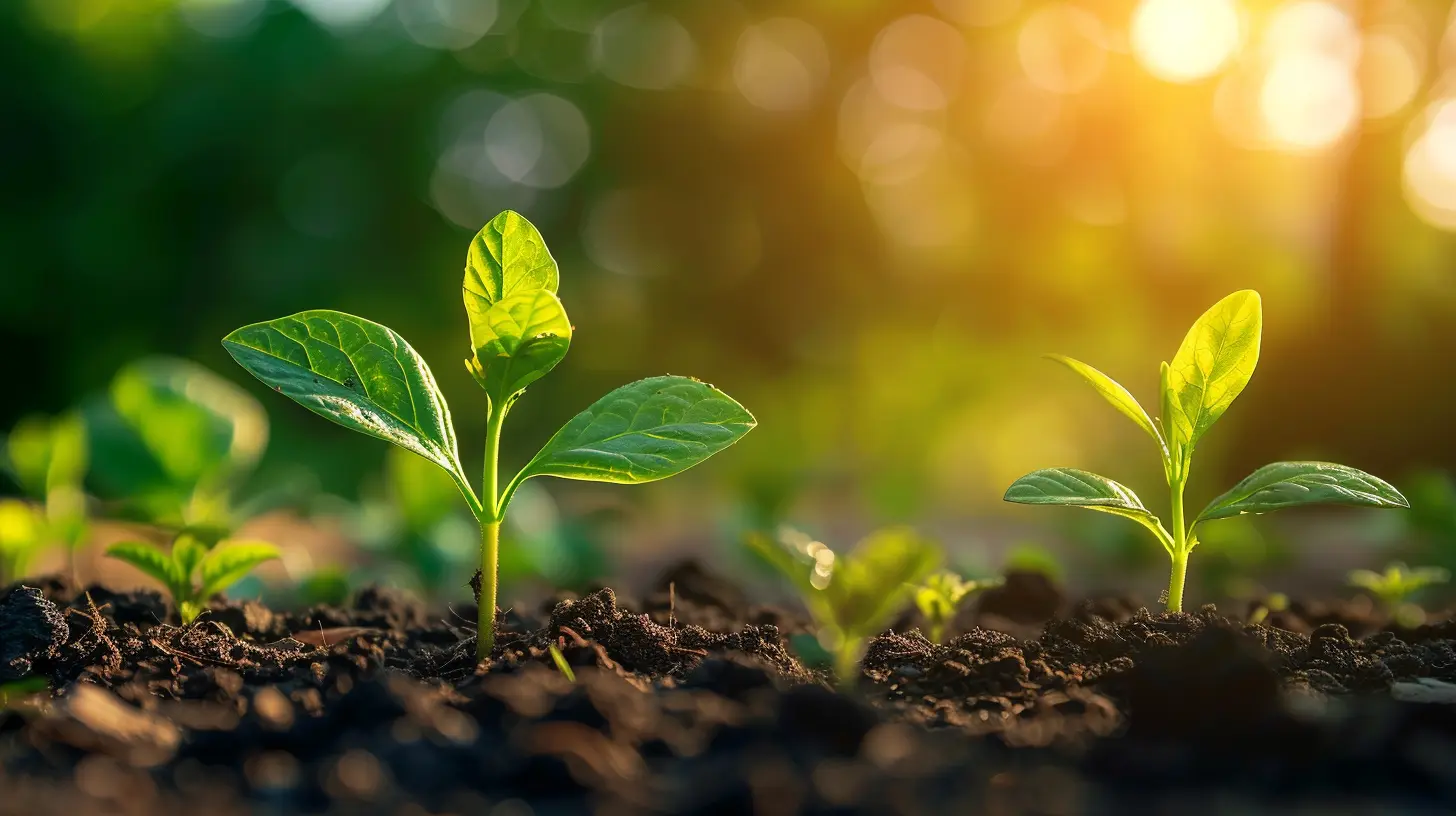
Practical Steps to Drive Sustainable Innovation in Your Business
You don’t need to reinvent the wheel—just give it an eco-friendly spin. Here’s a step-by-step breakdown you can adapt right away:Step 1: Start With a Sustainability Audit
Get real about where you stand. Examine your current product lines, supply chains, and operations. Where are the environmental hot spots? What’s working and what’s not?Use metrics like carbon footprint, water usage, and material sourcing. Tools like Life Cycle Assessments (LCA) can help you visualize the full environmental impact.
Step 2: Set Clear, Measurable Goals
Vague goals lead to vague outcomes. Set SMART (Specific, Measurable, Achievable, Relevant, Time-bound) goals that align with both your business and sustainability objectives.It could be something like: “Reduce product packaging by 30% within 12 months” or “Make 50% of our products recyclable by 2025.”
Step 3: Co-Create with Customers
Customers are an innovation goldmine—if you know how to listen. Involve them early through surveys, usability testing, beta programs, or forums. Ask what sustainability means _to them_ and how they prioritize it.You’d be surprised how often a simple tweak—like refillable packaging—can lead to higher satisfaction and recurring revenue.
Step 4: Rethink Product Design
Think “eco-innovation.” Create modular products that are easy to repair or upgrade. Avoid “planned obsolescence”—that pushy feature that forces users to upgrade every two years.Also, consider reverse innovation: sometimes the best sustainable solution is already being used in less-developed markets.
Step 5: Collaborate with Green Tech Partners
You don’t need to do it all in-house. Partner with startups, NGOs, universities, or other companies who are leaders in green technology, biomaterials, or renewable energy.Think of it like building a band—you don’t need to play every instrument yourself, but you do need a killer team.
Step 6: Use Agile Methodology
Sustainability shouldn’t slow you down—it should propel you. Agile approaches (like sprints and rapid prototyping) help you test green solutions quickly and efficiently. This reduces risk and gives you real data to work with.Case Studies: Sustainable Innovation Done Right
Let’s look at a few brands that are absolutely crushing it when it comes to sustainable innovation.1. Patagonia
They don’t just _talk_ sustainability—they breathe it. From their “Worn Wear” repair program to using recycled polyester, Patagonia proves you can be profitable and responsible at the same time.2. LEGO
This toy giant committed to phasing out petroleum-based plastics in favor of plant-based alternatives. Talk about turning over a new (green) brick!3. IKEA
Their “People & Planet Positive” strategy includes everything from flat-pack efficiency to circular economy experiments. Plus, they plan to be climate positive by 2030.These aren’t niche brands—they’re global leaders showing that you can innovate at scale without compromising sustainability.
Challenges You’ll Face (And How to Beat Them)
We’re not going to sugarcoat it—driving sustainable innovation isn’t easy. But if you know the hurdles in advance, you’re already halfway there.1. Higher Upfront Costs
Yes, sustainable materials and technologies can cost more at first. But remember: lower lifetime costs, brand loyalty, and risk avoidance are worth the investment.2. Resistance to Change
You’ll get pushback—internally and externally. People resist new ideas because they feel risky. Education, data, and small wins are your best weapons to drive adoption.3. Supply Chain Complexity
Sourcing sustainable components can be tricky. Start by building strong relationships with a few green suppliers. As you scale, your leverage grows.4. Knowledge Gaps
Not everyone’s a sustainability expert, and that’s okay. Offer training, bring in consultants, and build internal champions who can spread the word.How Tech Is Enabling Sustainable Product Development
Let’s not forget the role technology plays here. Digital tools can make sustainable innovation faster, smarter, and more effective.- 3D Printing: Cuts down waste in prototyping.
- AI & Machine Learning: Analyze usage patterns to design energy-efficient solutions.
- IoT (Internet of Things): Tracks product lifecycle data in real-time.
- Blockchain: Improves supply chain transparency and traceability.
These tools remove the guesswork and make your sustainability efforts measurable and real-time.
The Future Is Green—and It’s Already Here
You know what’s wild? We’re not just talking about the future anymore. Sustainable innovation is _already_ the standard for smart businesses. The brands that survive and thrive over the next decade will be the ones that put sustainability front and center—no exceptions.Now’s your chance to be one of them. Start small. Start today. Because the best time to design a better, greener product was yesterday. The second-best time? Right now.
Final Thoughts
Driving sustainable innovation in product development isn’t a box you check—it’s a mindset you adopt. It’s about making thoughtful choices, experimenting, and aligning your core values with your business goals. If you can blend creativity with responsibility, you’ve got the magic formula.Sure, you’ll hit some bumps along the way. But guess what? Every great innovation journey starts with a single, conscious step forward. So go on, take it.
all images in this post were generated using AI tools
Category:
Product DevelopmentAuthor:

Matthew Scott
Discussion
rate this article
1 comments
Katherine Russell
Innovative sustainability in product development is essential for future success and responsible business practices. Let's embrace it!
October 30, 2025 at 12:30 PM

